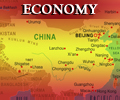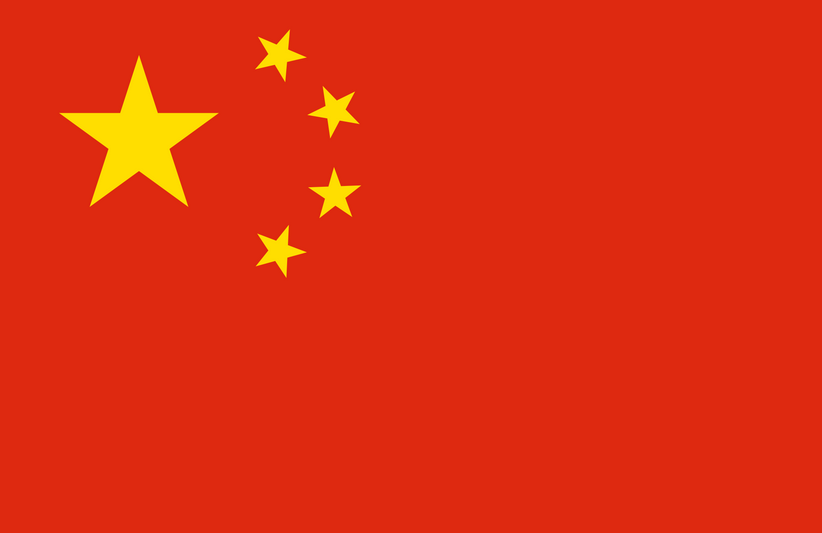
The opening-up and strong economic rebound in China have aroused a new upsurge in foreign investment in the country. On January 12, German auto technology giant Bosch signed an agreement in China’s Suzhou city, Jiangsu Province, on the manufacture of new energy vehicle (NEV) core components and automatic driving research and development (R&D) center, with a total investment of $1 billion. On the same day, a Coca Cola R&D and bottling center project was signed in Kunshan city, Jiangsu Province, with a total investment of 2 billion yuan ($2.9 billion). According to a recent survey from the China Council for the Promotion of International Trade (CCPIT), among 160 foreign enterprises and associations, 99.4 percent of them expressed increased confidence in the Chinese economy and plans of continuous investment in China.
According to official data released by the Ministry of Commerce (MOFCOM) last month, total foreign direct investment (FDI) in China even increased by 8 percent to $189.13 billion in 2022 when the economy had slowed down sharply to 3 percent GDP growth, hit by the COVID-19 resurgence and lockdowns. It is thus widely anticipated that the much higher economic growth expected in 2023 will undoubtedly give a fresh boost to FDI flowing into China.
Foreign investment in China has been playing a vital role in China’s fast economic growth over the past 40 years and more. By the end of 2022, foreign-invested enterprises, making up only 3 percent of the total number of enterprises in China, contributed 40 percent of foreign trade, one-sixth of total tax revenue and 10 percent of total employment.
FDI continues to play an indispensable role in China
First, China needs the world’s best resources for modernization. The 20th National Congress of the Communist Party of China (CPC) set the clear central task facing the whole party and country: “From this day forward, the central task of the CPC will be to lead the Chinese people of all ethnic groups in a concerted effort to realize the Second Centenary Goal of building China into a great modern socialist country in all aspects.” As a first step, China must double its real GDP by 2035. Due to zero and even negative population growth, the fundamental way is to double labor productivity, meaning a much higher value-added economy. It thus requires high quality growth based on the latest technologies in all economic sectors, covering AI, the digital economy, semiconductors, new energies, NEVs, biotechnology, industrial robots, etc.
For this purpose, China needs to open its door wider, attracting the latest knowledge, technology, capital, talents, markets and corporate governance from all over the world. The actual FDI performance in 2022 provided a good example. FDI in the high-tech sector increased by 28.3 percent over the year, much higher than the growth rate of total FDI (8 percent), accounting for 36.1 percent of total FDI.
Second, FDI is a key way to maintain global supply chain resilience and counter geoeconomic fragmentation. The Joe Biden’s administration has been vehemently disrupting and restructuring the high-tech global supply chain, especially in chips, only to cut off China from world frontier technology and industrial development and keep its world hegemony. China’s high-level opening-up, attracting world capital, works in the opposite way. It keeps China in the global supply chain and counters geoeconomic fragmentation.
The investment in China by multinational enterprises is usually the key nexus or key part of their global supply chains. Merck, the German biotech and pharmaceutical giant, has its global bio-pharmaceutical R&D center in Beijing and materials R&D center in Shanghai, all indispensable parts of its global service center (GSC). The active attraction of foreign investment thus fortifies China’s link in the global supply chain. Ironically, the fastest growth of FDI into China in 2022 came exactly from those required to decouple with China, including the EU (up 92.2 percent), South Korea (up 64.2 percent), Germany (up 52.9 percent) and the UK (up 40.7 percent). And the fastest growth in sector investment was found in information and telecommunication technology, key to Washington’s de-coupling offensive, which grew by an amazing 56.8 percent. The more China opens, the less likely de-coupling works.




